So Many Chicks in 2020
The year 2020 had many of us locked in our homes looking for projects to occupy our time. It turned out that some of our chickens found themselves in the same situation. We had a few ladies who went broody and wanted to be mamas. Little did we know how many chicks that year held for us.
This post contains graphic pictures and videos of chicks hatching and newly hatched.
Planning Ahead
In a previous post, on the joys of hatching chicks, I chronicled hatchings from 2019 where we allowed nature to take its course. With the craziness of 2020, and those previous girls still too young to lay, we decided to increase our flock by purchasing 6 more layers, not knowing our girls had many more chicks planned for us.
(6 new Isla chicks purchased March 2020)
Not the Only Chicks
We thought these would be the only babies we'd have on the homestead this year. However, our mamas from the prior year must have found themselves looking for more to do with their time.
Gals Going Broody:
March - May Hatchings
I always cave in when the mamas want babies, so I decided to allow them to hatch some more.
Unfortunately though, my spacing was limited in the barn because the new Isla babies were staying in the makeshift maternity ward. I decided to convert our empty rabbit hutch into a makeshift maternity ward.


Candling the Eggs
Our second mama was sitting in a box with the rest of the chickens, and since she was pretty well situated, I decided to do more candling to see if any of the eggs were viable. I thought it would be good to learn the process of egg candling and chick development. It paid off as we began to have new chicks everyday for a few days. I am lucky to know more now then I did then.
Some of my observations and personal lessons learned while candling an egg to determine viability:
1. If the shell is cracked or damaged, throw it away.
2. If there is a dark spot with what looks like broken blood vessels surrounding it, the chick most like died and the egg is not viable.
3. Distinguishing between an infertile egg or an early dead egg can be difficult early on. You should wait until at least 10 days under the hen. However, this time frame is not necessarily the most commonly recommended time. It is recommended to start candling around day 5.
4. An infertile or dead chick may be clear and easier to see through with the light.
5. A fertilized egg will be darker and the light will not shine through it well.
One of the cool things you can see when candling includes movement once the embryo get established. However, once the chick gets bigger, you won't be able to see very much inside the egg as the chick will take up most of the space.
Gonna Need a Bigger Home
Our first mama had a few who had hatched, and when we determined the others were not viable, we moved her into a larger bin with her chicks.
Truly a Mothers' Day
It was an awesome Mother's Day that May because there were a few of us ladies
celebrating together.
Two Delivery and Postpartum Rooms
Since both mamas were having luck hatching chicks in their own wards, we set up two new mama bins.
Mama #1 had much better luck it seemed as her babies hatched sooner.
Overall, Mama #1 had 7 baby chicks!
These two (6 & 7) shared a special lodging in the house due to splay leg. Read more about it here.
We began to worry about our older Mama because her eggs were just not hatching. I was worried that I hadn't candled correctly or kept track of the days very well. I was worried that maybe I had contaminated them or something. I didn't want to give up on her quite yet because she had been such an awesome mama many times before.
But within a couple days, we saw our first peck marks and heard the peeps.
Mama Knows Best
While it seems that this mama is hurting or eating her chick, please note, she is NOT. She is helping the babe make her way out of the eggshell. She may also be eating the shell which is good for her. You'll read more on that later.
It is so awesome to see how Mother Nature knows what she's doing.
Ever imagine what a baby dinosaur looks like hatching? It's about the same as a chick!
There were so many beautiful chicks from these hatchings. However, for the first time, I encountered a little one who had splay leg. I fixed her by making a splint and keeping her separate and inside the house until it was better. Read about it here.
I even tackled how to sex chicks at a young age. Read more about it here.
But Wait - There's More:
June - July Hatchings
Mama #1 wasn't happy having JUST 7 chicks a few months ago, apparently, as she was broody again in a month! Please note that she was a very good mama to the babes. We moved them all together in a nursery due to lack of room at the time.
I probably should have broken her of it, which can be done. See 6 Easy Ways to Break a Broody Hen. But with our vacations and projects around the homestead, time flew, and I allowed her to sit. I figured whatever happened would happen.
But the next things I knew...
So as any good homesteader does in this situation, I grabbed the camera. Note how she helps the chick get free from the shell and then proceeds to eat the shell. She did NOT harm the chick in anyway. In fact when the chicks hatch, the mom often eats the yolk and membrane in the shell because it provides them with valuable nutrients. Mama's often sit for days without eating when they are close to hatching.
The baby chicks have just eaten their shells and are often good for 1-2 days.
It is so awesome to watch how nature works. Just watch how the mama helps the newborn, and how the siblings are anxious to meet each other. And nothing is cuter than watching the babies nestle in under their mama to stay warm and nap.
In an other successful hatch only a couple months after her first, this Mama brought 5
more adorable chicks into our flock.
The first hatchlings from May at 9 weeks old.
We had a few roosters we had to send to other farms, but we were lucky to keep all of our girls.
I have to say - we definitely know how to hatch some beautiful roosters and girls. I am looking forward to doing it again soon.
All Ages
It was great to be able to let them get acquainted and mix together. They really are a family, and our mamas still took their roles seriously when it came to raising and protecting the young ones.
I couldn't have asked for more beautiful eggs to go with the girls.
All the baby chicks survived and prospered.
And the 6 Isla babies were starting to become pullets.
We were growing so much, we needed to expand the coop and run. Read more about out expansion here.
We were and are so truly blessed. I look forward to learning and sharing more.


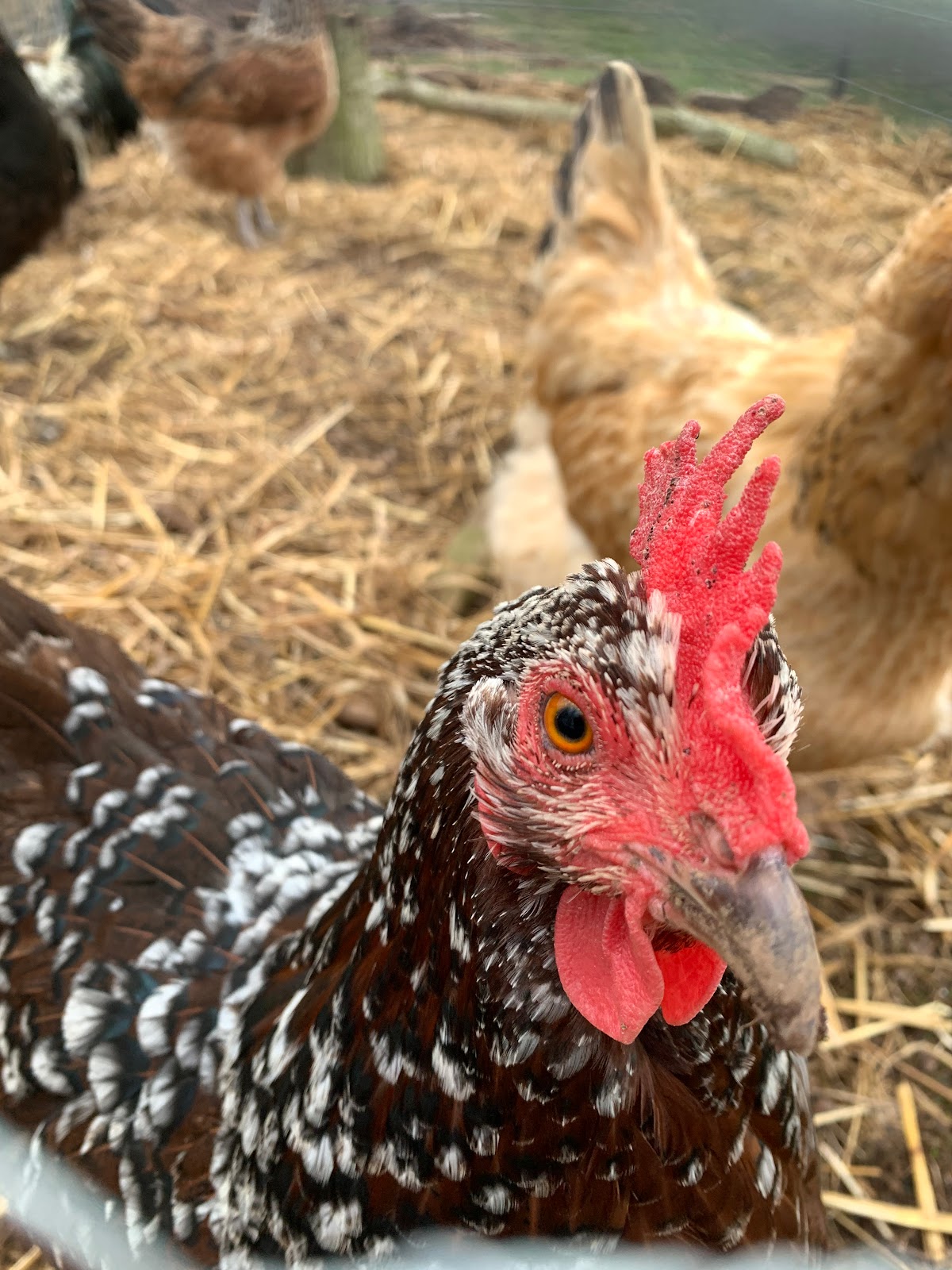







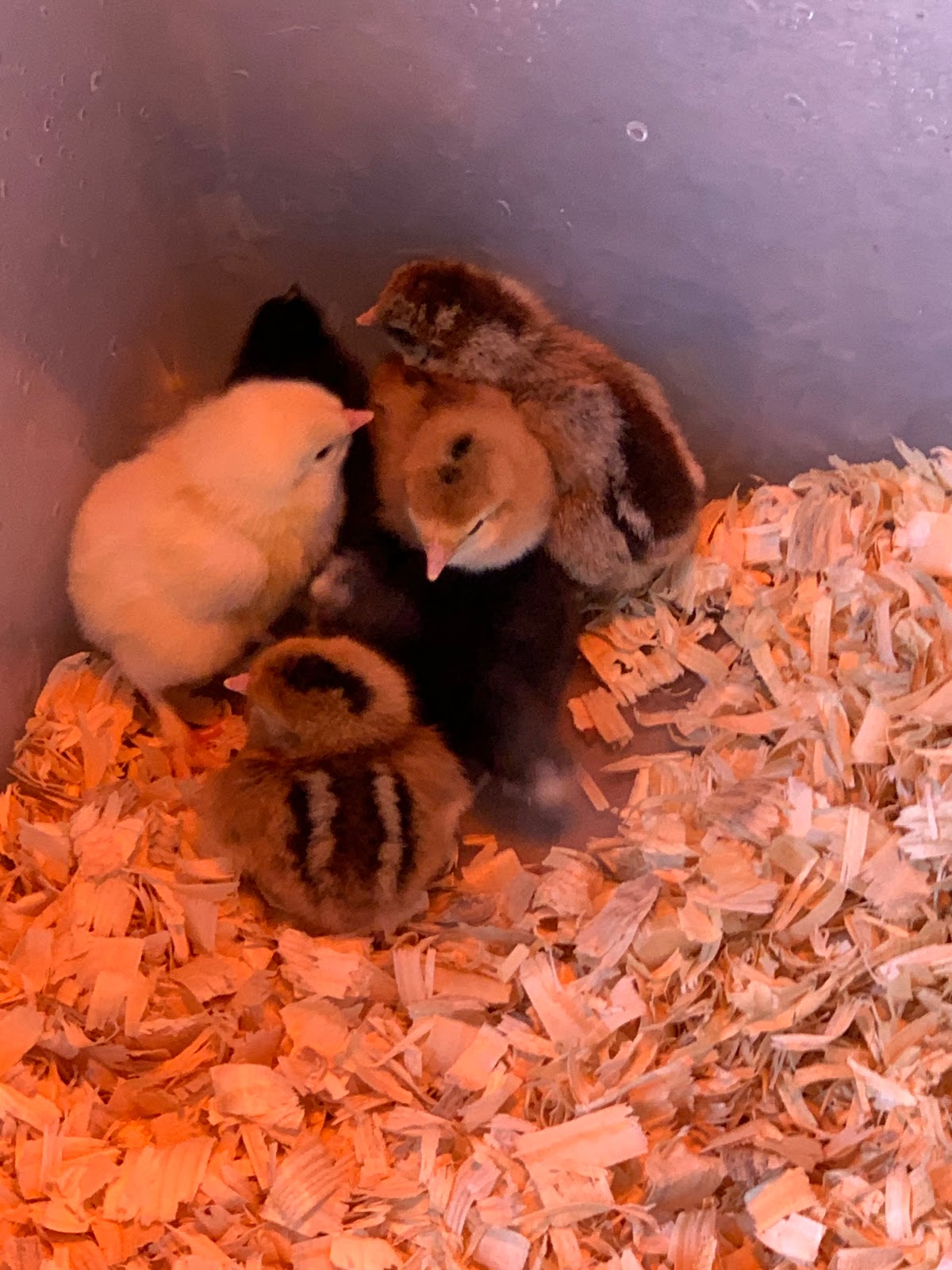














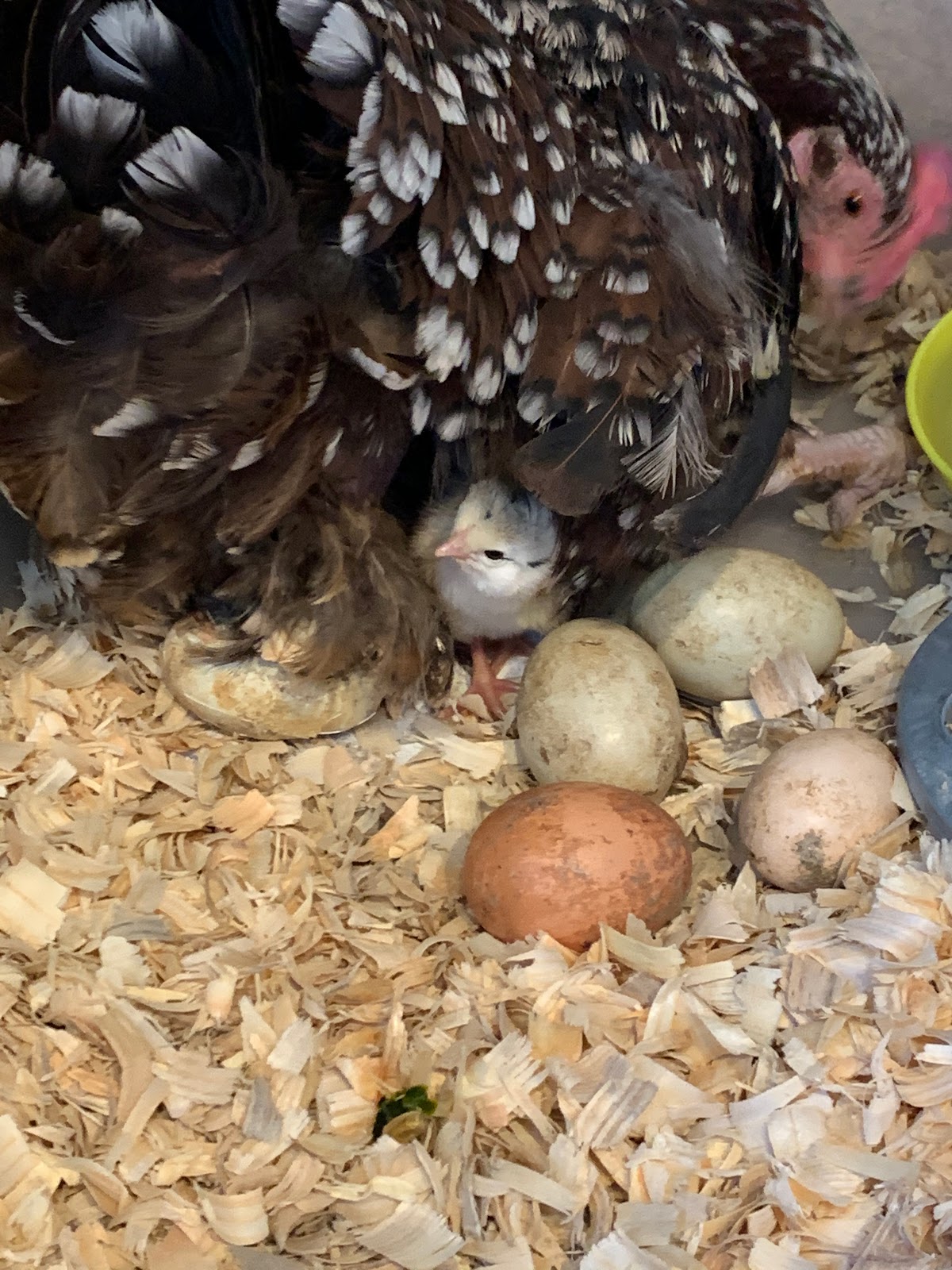













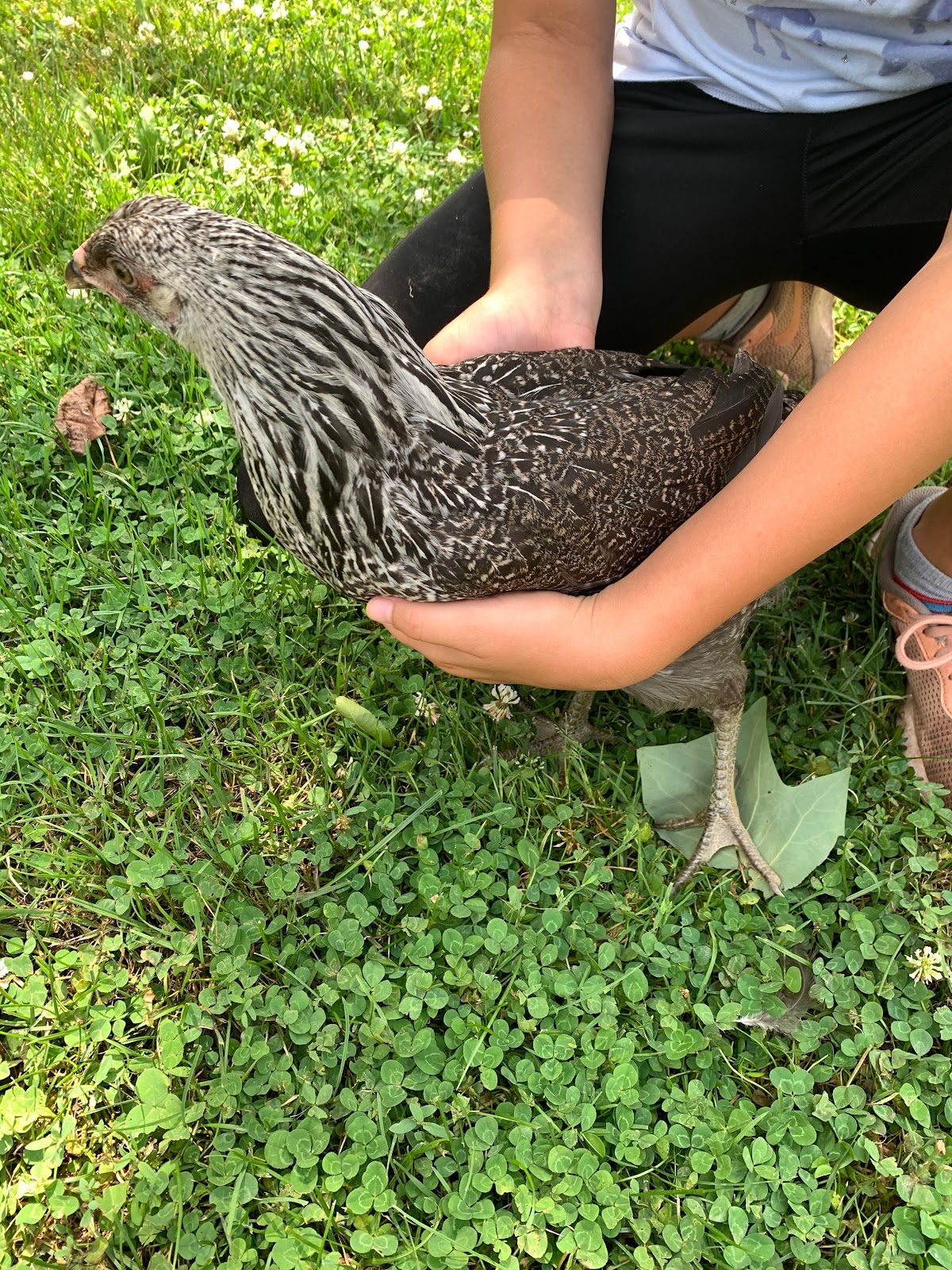





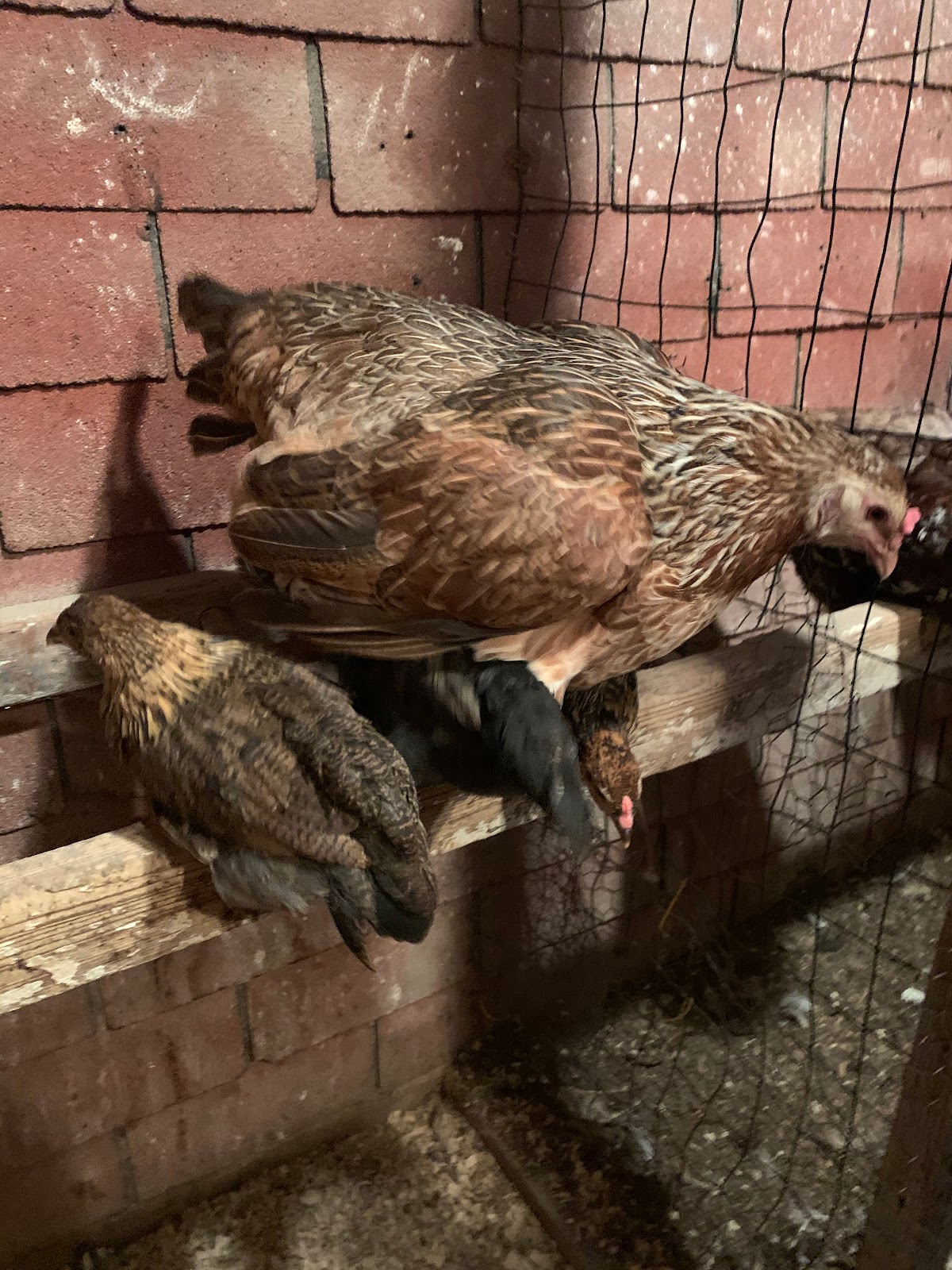




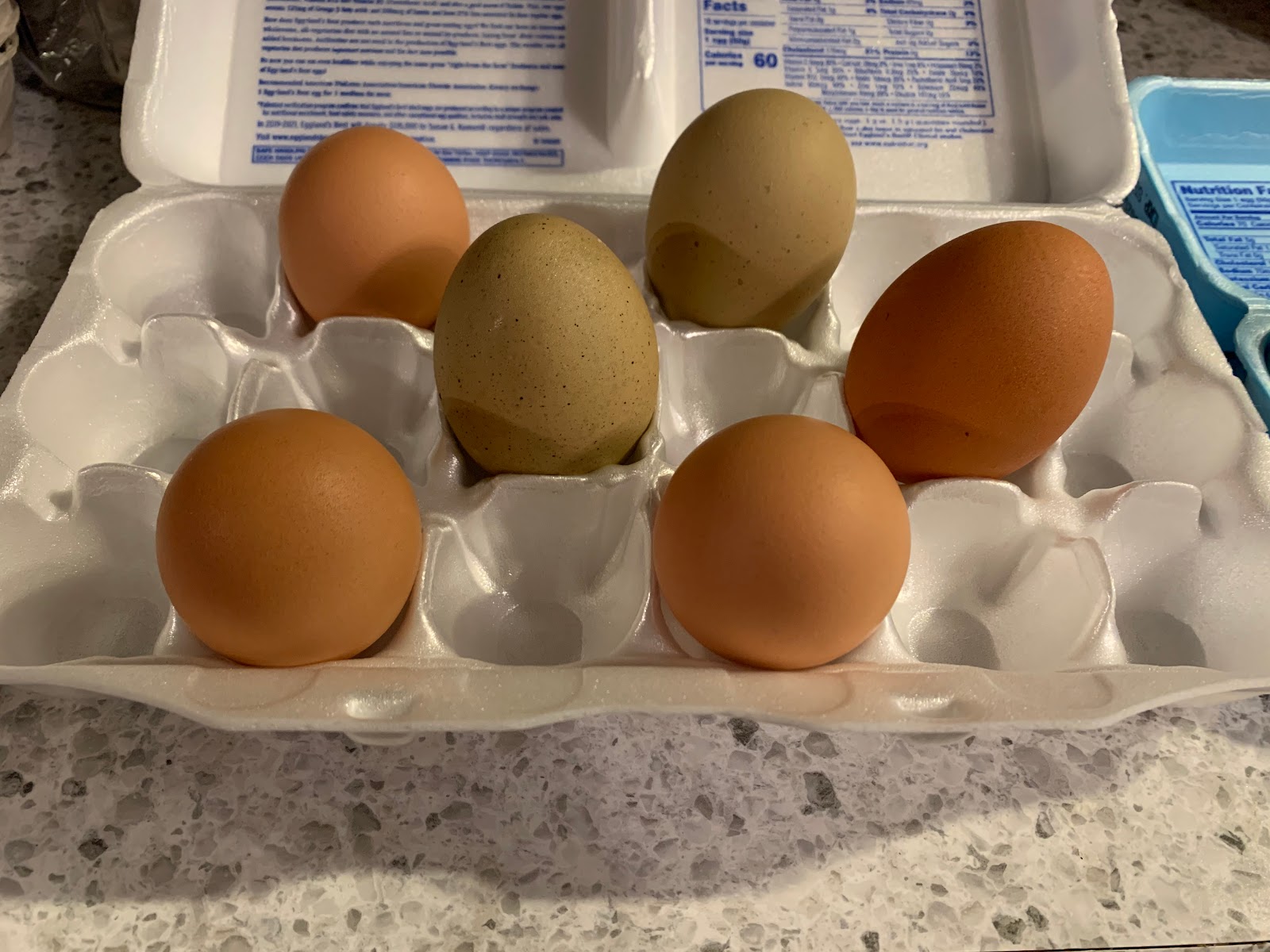



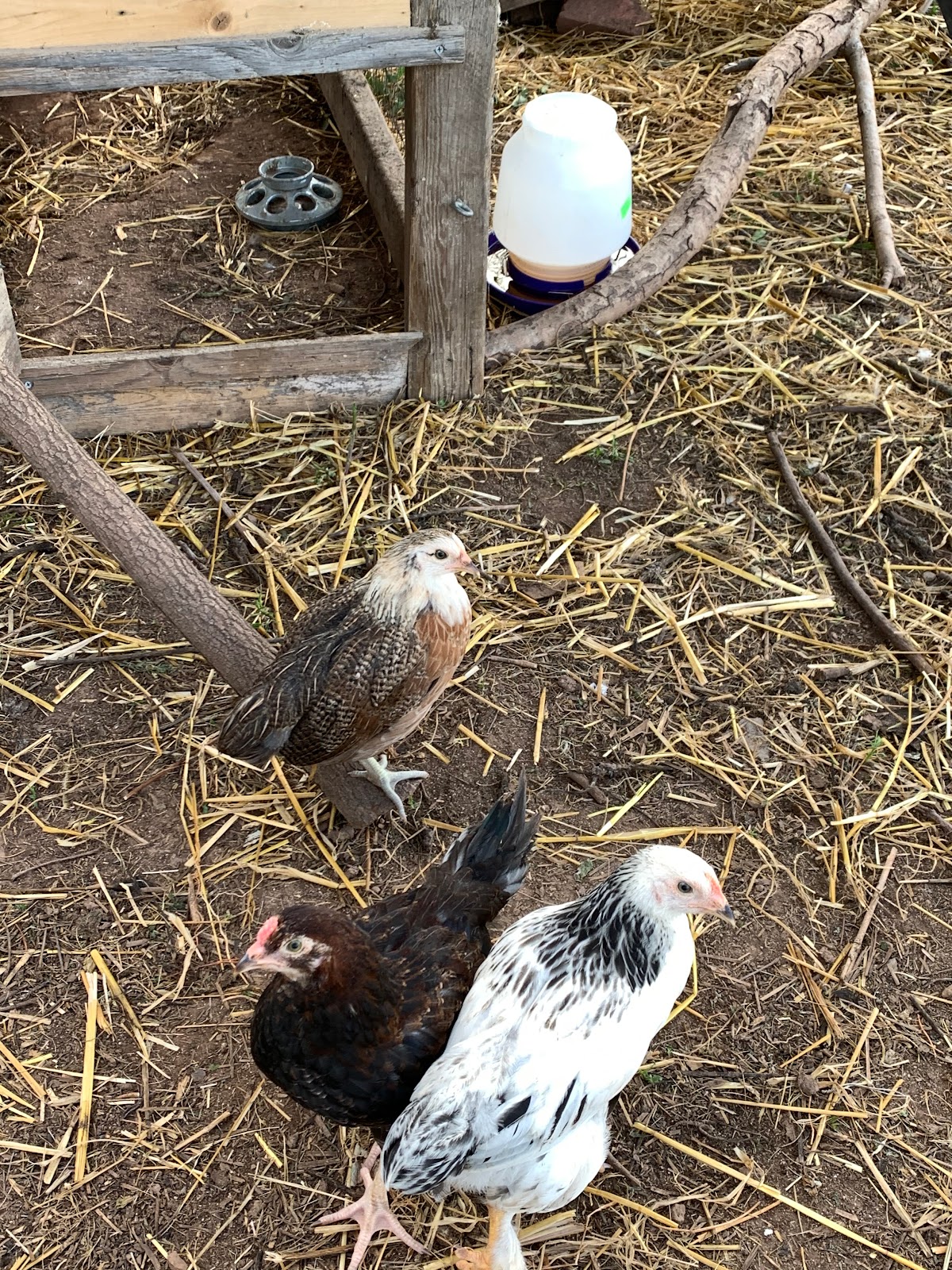


No comments:
Post a Comment